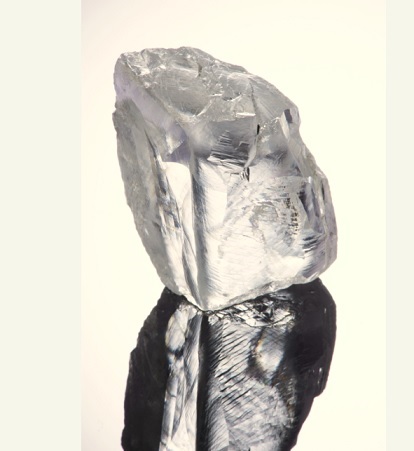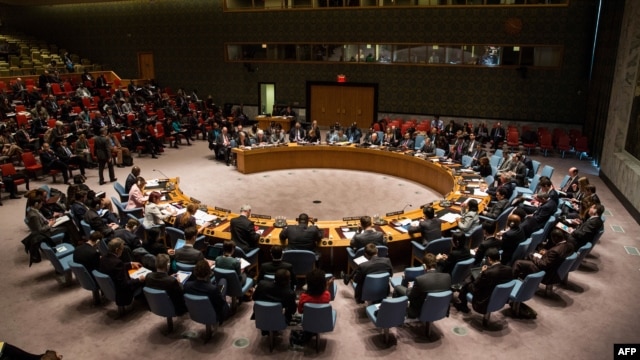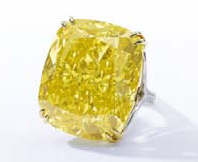Petra Diamonds recovered a 232.08-carat, D, type II, white diamond at the Cullinan mine in South Africa.
The
diamond (pictured) is of exceptional size and clarity, according to the
company, and is yet another very large, high-quality diamond recovered
at Cullinan. In February, Petra sold a 29.60-carat, blue diamond from
the mine for $25.6 million or $862,780 per carat. In June, the company
recovered a 122.50-carat, blue diamond, which is currently for sale in
South Africa.
The company intends to offer the recently
discovered diamond for sale in the second quarter of its fiscal year and
will notify the market once a date is finalized.

Bevilles by the numbers.
Source: HeraldSun
SPIRALLING costs in a tough retail climate have claimed another
scalp as the 80-year-old jewellery group, Bevilles, falls into voluntary
administration.
The family-owned group which is based in Melbourne warned there
would be store closures, with up to 250 of its 477 employees expected to
be made redundant. It has 17 of its 27 stores in Victoria, with the
rest in Sydney and Adelaide.Chief executive Michelle Beville, whose grandparents founded Bevilles in 1934, said the group had been working to trim store sizes in a move that would cut rent costs and staffing requirements.
But complications around leases and the resizing program meant the company had been unable to roll out the smaller format quickly.

Macca’s view
“We have been trying very hard to restructure the business from a cost perspective, but leases are a big part of the costs.”
Ms Beville said the Beville family had proposed a restructure plan to the administrators, PPB Advisory, which would see the family buy back a number of the stores. The stores would then be converted as quickly as possible to the smaller-format model, which does not stock giftware lines.
Ms Beville said two smaller stores launched in Highpoint shopping centre and in Sydney last year had been well received.
The group’s creditors are mainly suppliers both in Australia and overseas.
Administrators are expected to make a decision by the start of May.
Source: Jane Harper
Herald Sun



















 Thirty
diamonds were cut from that stone, the largest of which was the
31.34-carat, D, potentially flawless, type IIa step-cut Victory Diamond.
Sotheby's priced this lot to sell for between $5 million and $8
million.
Thirty
diamonds were cut from that stone, the largest of which was the
31.34-carat, D, potentially flawless, type IIa step-cut Victory Diamond.
Sotheby's priced this lot to sell for between $5 million and $8
million.

